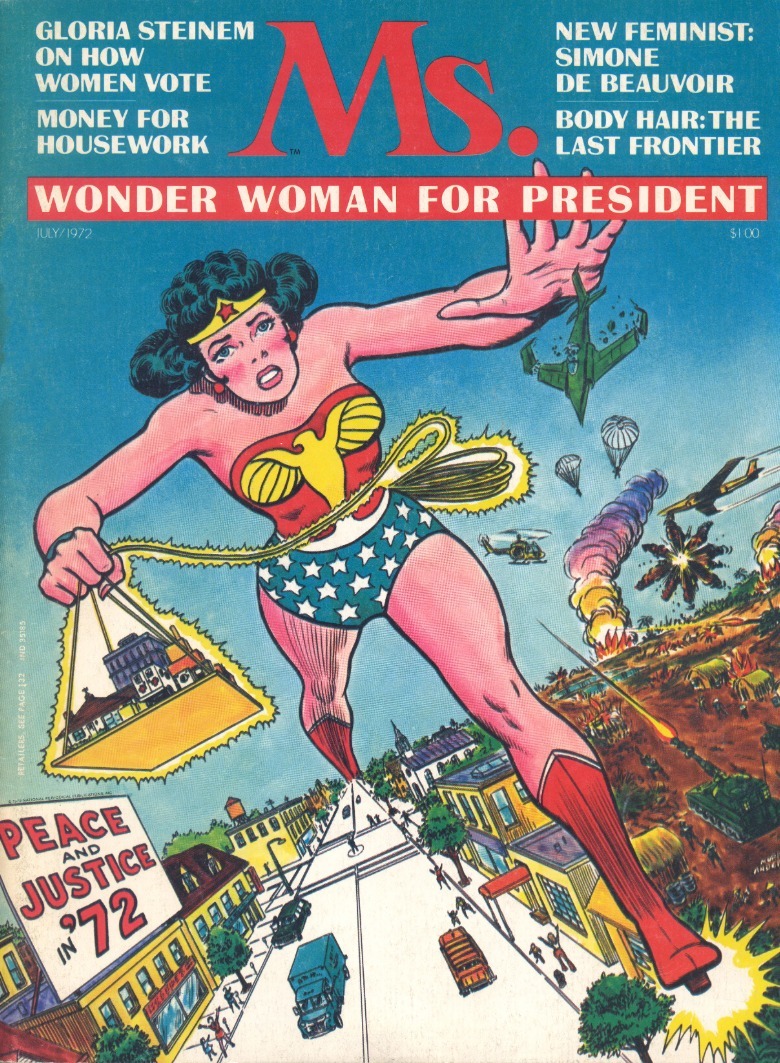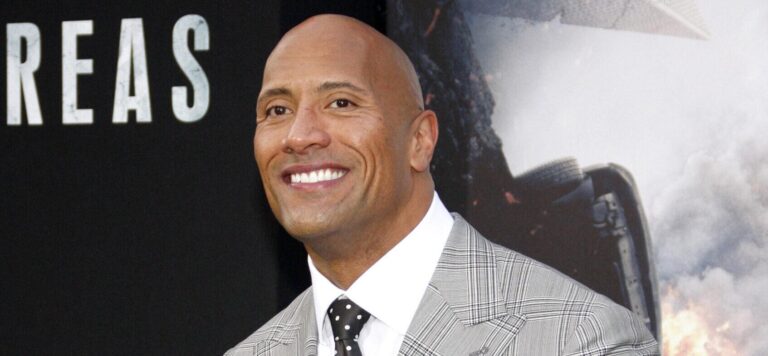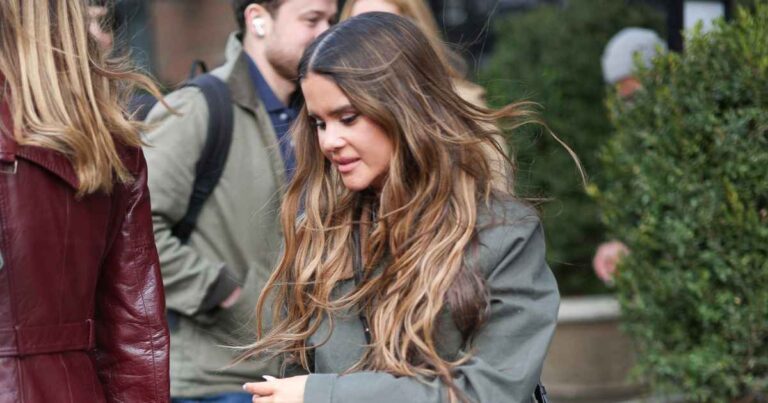Can Wonder Woman fly? Her DC Comics abilities explained
Wonder Woman is the most enduring female superhero ever created, and while the idea may seem old in a world with characters like Buffy the Vampire Slayer (and all her complicated legacy), Jessica Jones and hundreds, if not thousands, of others remember that when Wonder Woman debuted in 1941 in All Star Comics #8, American women had only gotten the right to vote 20 years earlier. Her hero emerges from the feminist movements of the early 20th century; its creator, William Moulton Marston, was part of them, and he wanted to inspire women to be better and men to listen, if not obey. What better way to impart these lessons, Marston seems to have realized, than by publishing them in children’s comics when readers are in their formative stages?
So, in writing really amazing woman Marston created the world’s first flying woman? Can Diana of Themyscira soar like Superman does? It varies, and yes, the answer reflects the political and feminist themes of Wonder Woman.
Long story short: For the first 40 years of Wonder Woman’s publication, she was generally unable to fly. (Superman originally couldn’t fly either, yet the Fleischer Studios’ Superman animated shorts from the 1940s But when writer/artist George Perez rebooted Wonder Woman in 1987, Diana gained the ability to fly and has kept it ever since.
So if you look at some of the earlier iterations of Wonder Woman, you’ll see her stuck on the ground. In 1972, when Gloria Steinem’s feminist magazine “Ms.” went independent, Wonder Woman appeared on the cover of the issue (note that her foot divides the background between peace and war). As you can see, she does not hover over the city, but walks along it.
In the original 1972 Wonder Woman comics, Diana ditched her superpowers and classic costume to become an Emma Peel-style martial artist. (This era began with Wonder Woman #178 by writer Dennis O’Neill and artist Mike Sekowsky and ended in 1973 with #204.)
Perez’s “Wonder Woman” was the lightning bolt (as if thrown by Zeus) that Diana needed. After decades of mediocrity, the comic made her an A-list hero in more than name. Perez, not afraid to bring feminist themes to the fore, made Wonder Woman equal to Superman not only in popularity, but also in power.









